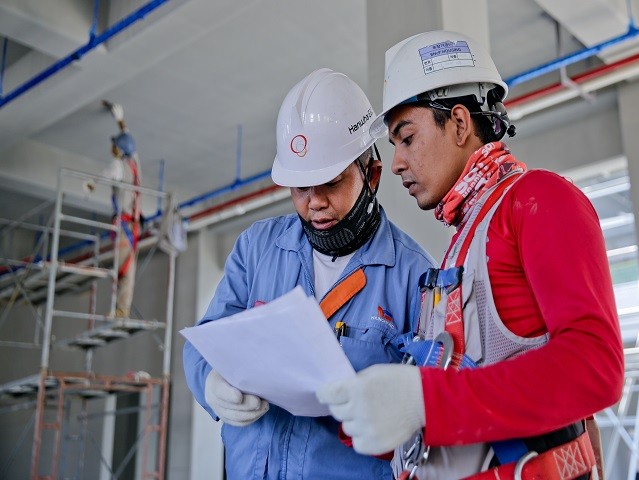The energy transition is underway
The energy transition is a pathway from hydrocarbon dependence across the economy toward greater reliance on cleaner energy sources by the second half of this century. At its heart is the need to reduce energy-related CO2 emissions to limit climate change. While a global energy transition is underway, further action is needed to reduce carbon emissions and mitigate the effects of climate change. Considerable progress has already been made in the transition to a low-carbon energy future due to economic factors, societal pressure, and new technologies. But to ensure a sustainable energy future, use of renewable energy sources and technologies must be a priority. It needs to be scaled up not only for electricity generation but also in the end-use sectors of buildings, transport and industry. According to the International Renewable Energy Agency (IRENA), renewable energy and energy efficiency measures can potentially achieve 90% of the required carbon reductions. The BAMBOO project supports the energy transition by boosting industrial flexibility and adapting industries’ current consumption and production patterns to a higher share of renewable energy supply. Improving the flexibility of energy systems is one of the targets of the current energy transition, as a mean to match supply and demand. Flexibility can be reached through sector coupling, smart grids, energy storage, flexible power plants and demand side management (DSM), among other measures. However, energy flexibility can be more challenging in process industries, as the production process is mostly continuous and so is the energy consumption pattern. Power generated by Variable Renewable Energy (VRE) sources, such as wind and solar, is not continuous, but rather variable over time resulting in large fluctuation on the supply side. The continuity and intensity of the energy demand can be valorised as a positive feature when it comes to balancing generation and demand. Process industry has the potential to serve as an energy sink for VRE surplus in the power system. The paper shows the state of the art and a methodology to evaluate the integration of VRE in the process industry to leverage energy flexibility, taking into account relevant challenges associated to renewable energy supply. The developed approach is applied to a case study in the paper sector. Abstract Energy flexibility plays a crucial role in the current energy transition, as it can contribute to a stabilization of the grid. The integration of electricity from renewable energy sources leads to large fluctuations in power supply, compromising the reliability of supply and the grid stability. Employing surplus of variable renewable energy (VRE) to cover the industrial demand can on one hand reduce the need for grid upgrade on a long term. On the other hand, integrating VRE can contribute to fulfil decarbonisation targets in the industrial sector. As a consequence, the share of renewable energy in the total energy consumption can be increased. This paper aims at assessing the role of VRE integration in the process industry as a mean to leverage energy flexibility. The assessment consists of a scenario-based evaluation, complemented by a simulation model, able to quantify the reduction of specific CO2 emissions. The developed approach is demonstrated within a case study in the paper industry. Download the full paper here: https://www.sciencedirect.com/science/article/pii/S2212827121000019?via%3Dihub
Keywords
energy, renewable, decarbonisation, paper, climate change, global energy, power supply



